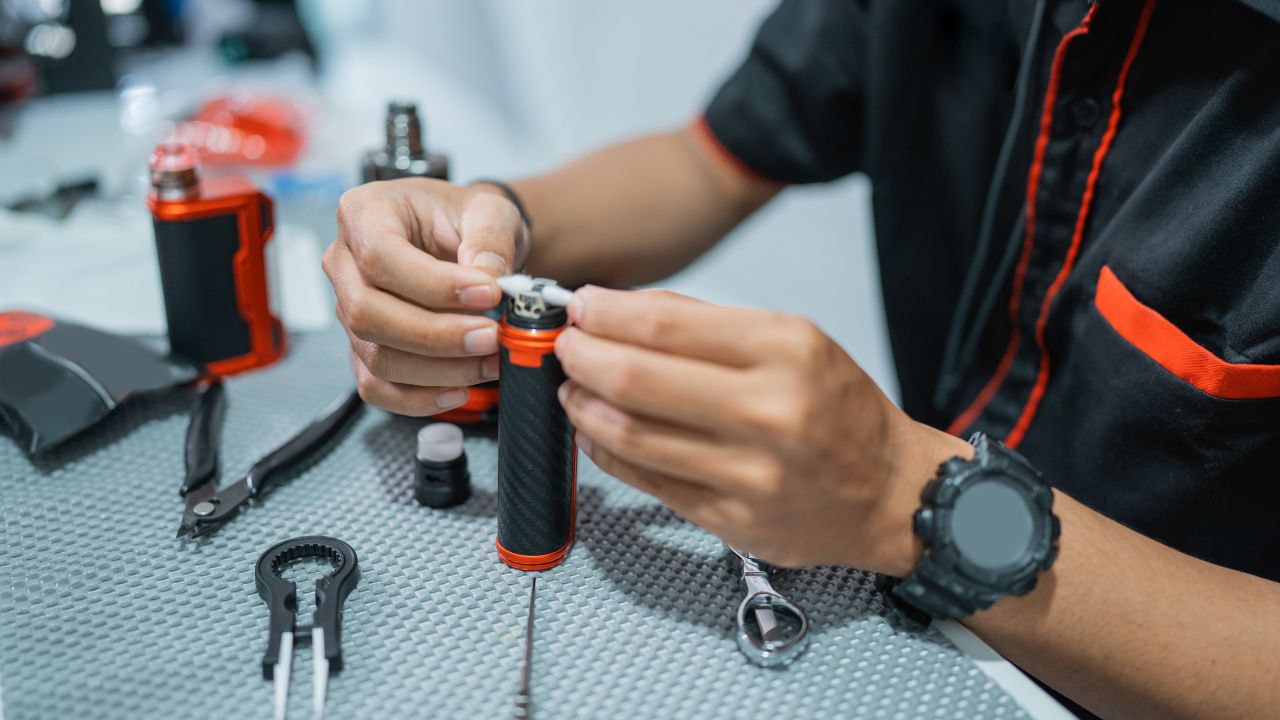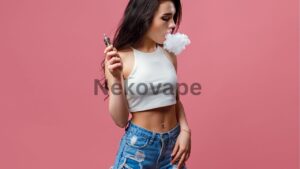The Production Process of Vape Products
The vape industry has witnessed exponential growth over the past decade, driven by the increasing popularity of vaping as an alternative to traditional smoking. Understanding the production process of vape products is crucial for consumers and regulators alike. This article delves into the detailed steps involved in creating vape products, covering everything from raw material sourcing to quality control.
Understanding the Vape Market
The Rise of Vaping
Vaping has emerged as a significant trend, especially among younger adults. Its rise can be attributed to various factors, including the perception of reduced harm compared to smoking, the variety of flavors available, and the appeal of modern vape devices.
Market Statistics
- Growth Rate: The global vape market was valued at USD 15.04 billion in 2020 and is expected to grow at a CAGR of 28.1% from 2021 to 2028.
- User Demographics: Predominantly younger adults aged 18-35.
- Geographical Spread: High prevalence in North America and Europe.
Key Players in the Industry
The vape market comprises numerous companies, ranging from small-scale manufacturers to large corporations. Major players include:
- Juul Labs
- British American Tobacco
- Imperial Brands
- Altria Group
- Philip Morris International
The Raw Materials
Nicotine
Nicotine is the primary active ingredient in most vape products. It is usually extracted from tobacco plants. There are synthetic alternatives, but naturally derived nicotine is more common.
Extraction Process
- Tobacco Farming: High-quality tobacco leaves are cultivated and harvested.
- Nicotine Extraction: The harvested leaves undergo a series of chemical processes to extract pure nicotine.
- Purification: The extracted nicotine is then purified to remove impurities and ensure it meets quality standards.
Propylene Glycol and Vegetable Glycerin
These two substances form the base of most e-liquids.
Propylene Glycol (PG)
- Source: PG is a synthetic liquid substance that absorbs water. It is commonly used in food and pharmaceutical products.
- Role: PG carries the flavor and provides the “throat hit” that mimics smoking.
Vegetable Glycerin (VG)
- Source: VG is derived from plant oils, typically palm or soy.
- Role: VG is responsible for producing thick vapor clouds.
Flavors
Flavors are a significant part of the vaping experience. They range from traditional tobacco and menthol to a plethora of fruity and dessert flavors.
Flavor Creation
- Natural Flavors: Extracted from natural sources like fruits and herbs.
- Artificial Flavors: Created synthetically to mimic natural tastes.
Manufacturing Process
Mixing the E-Liquid
The creation of e-liquid involves precise mixing of ingredients.
Measurement and Proportion
- Nicotine: Measured based on the desired strength (e.g., 3mg, 6mg).
- PG/VG Ratio: Adjusted to achieve the preferred consistency and vapor production (common ratios are 50/50, 70/30).
Flavor Integration
- Flavor Concentrates: Added to the PG/VG mix to create the desired taste.
- Steeping: The mixture is often left to steep for several days to enhance flavor blending.
Quality Control
Ensuring the safety and quality of vape products is paramount.
Testing
- Chemical Testing: E-liquids are tested for harmful substances.
- Nicotine Consistency: Ensuring the nicotine level matches the label.
Batch Tracking
- Traceability: Each batch of e-liquid is tracked for quality assurance and recall purposes if necessary.
Bottling and Packaging
Once the e-liquid is ready, it is bottled and packaged.
Bottling Process
- Sterilization: Bottles are sterilized to ensure no contamination.
- Filling: Automated machines fill bottles with the exact amount of e-liquid.
Packaging
- Labeling: Bottles are labeled with ingredient information, nicotine content, and warnings.
- Sealing: Bottles are sealed to prevent tampering and leakage.
Manufacturing Vape Devices
Design and Development
Creating vape devices involves a meticulous design process.
Research and Development
- User Experience: Designing devices that are user-friendly and appealing.
- Safety Features: Incorporating features like automatic shutoff and battery protection.
Component Manufacturing
Vape devices comprise several key components.
Batteries
- Type: Most devices use lithium-ion batteries.
- Safety: Batteries are tested for safety and performance.
Atomizers and Coils
- Function: Responsible for heating the e-liquid to produce vapor.
- Materials: Often made from stainless steel or nickel.
Assembly and Testing
The final stage involves assembling the components and rigorous testing.
: Assembly Line
- Automation: Many steps are automated to ensure consistency and efficiency.
- Manual Checks: Critical points in the assembly are checked manually.
Quality Assurance
- Performance Testing: Devices are tested to ensure they work correctly.
- Durability Testing: Ensuring devices can withstand regular use.
Regulatory Compliance
Global Regulations
The vape industry is subject to varying regulations across different regions.
United States
- FDA Oversight: The FDA regulates the manufacture, distribution, and marketing of vape products.
- PMTA Process: Premarket Tobacco Product Applications must be submitted for new products.
European Union
- TPD Compliance: The Tobacco Products Directive sets out regulations for e-cigarettes, including maximum nicotine levels and labeling requirements.
Safety Standards
Ensuring that vape products are safe for consumers is a primary concern.
ISO Certification
- ISO 9001: Many manufacturers aim for ISO 9001 certification to demonstrate quality management.
GMP Standards
- Good Manufacturing Practices: Adhering to GMP ensures products are consistently produced and controlled according to quality standards.
The Future of Vaping
Technological Advancements
The vaping industry continues to evolve with new technologies.
Pod Systems
- Convenience: Pod systems offer ease of use and portability.
- Popularity: They are becoming increasingly popular among vapers.
Health Research
Ongoing research into the health effects of vaping is essential.
Long-Term Studies
- Health Impact: Studies aim to understand the long-term health effects of vaping compared to smoking.
- Regulatory Influence: Findings from health research influence regulatory policies.
Market Trends
The vape market is expected to grow and diversify.
Consumer Preferences
- Flavors: Demand for new and unique flavors continues to drive market trends.
- Customization: Vapers seek customizable devices to suit their preferences.
Environmental Considerations
The environmental impact of vape products is an emerging concern.
Recycling Programs
- Battery Recycling: Programs to recycle vape batteries are gaining traction.
- Sustainable Materials: Manufacturers are exploring eco-friendly materials for devices and packaging.
Conclusion
The production of vape products is a complex and highly regulated process involving numerous stages from raw material sourcing to final quality control. Understanding these steps provides insights into the industry’s commitment to safety, innovation, and consumer satisfaction. As the market continues to evolve, advancements in technology and regulatory frameworks will shape the future of vaping.
For more detailed information on vape product regulations, visit the FDA’s Center for Tobacco Products.












